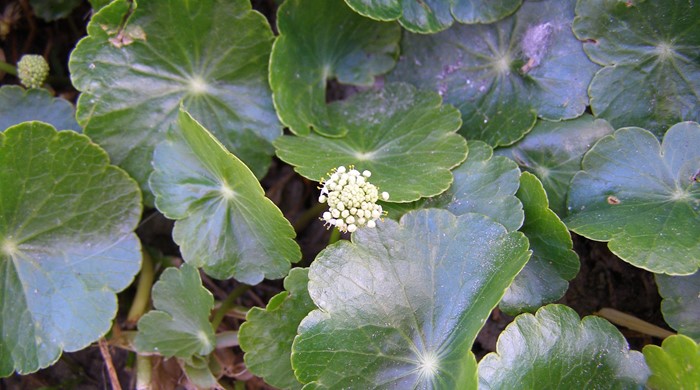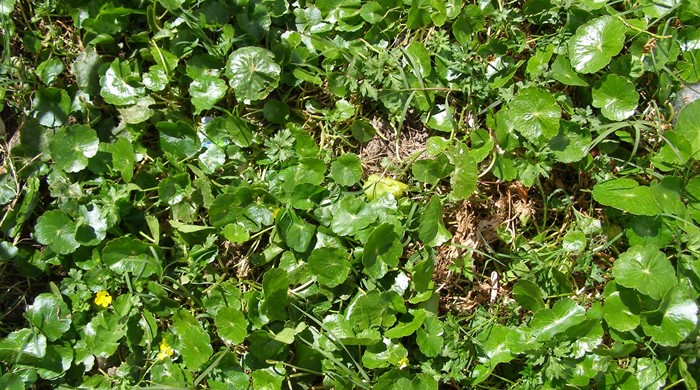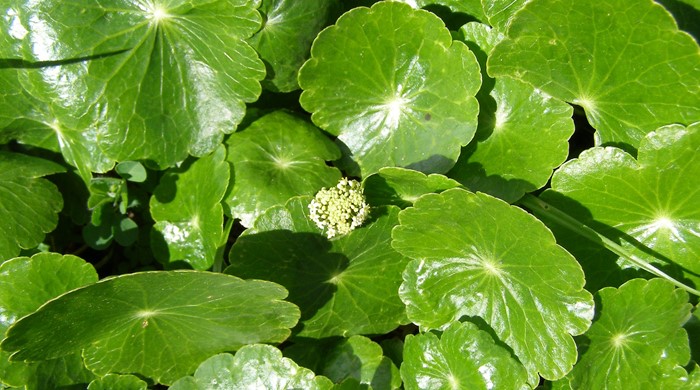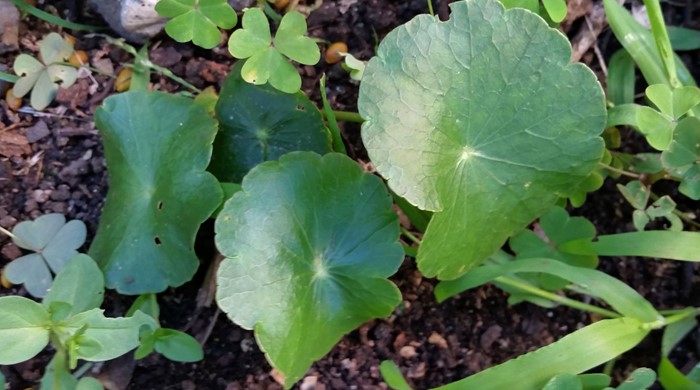Hydrocotyle umbellata
Hydrocotyle umbellata
Family: Araliaceae
Origin: North and South America
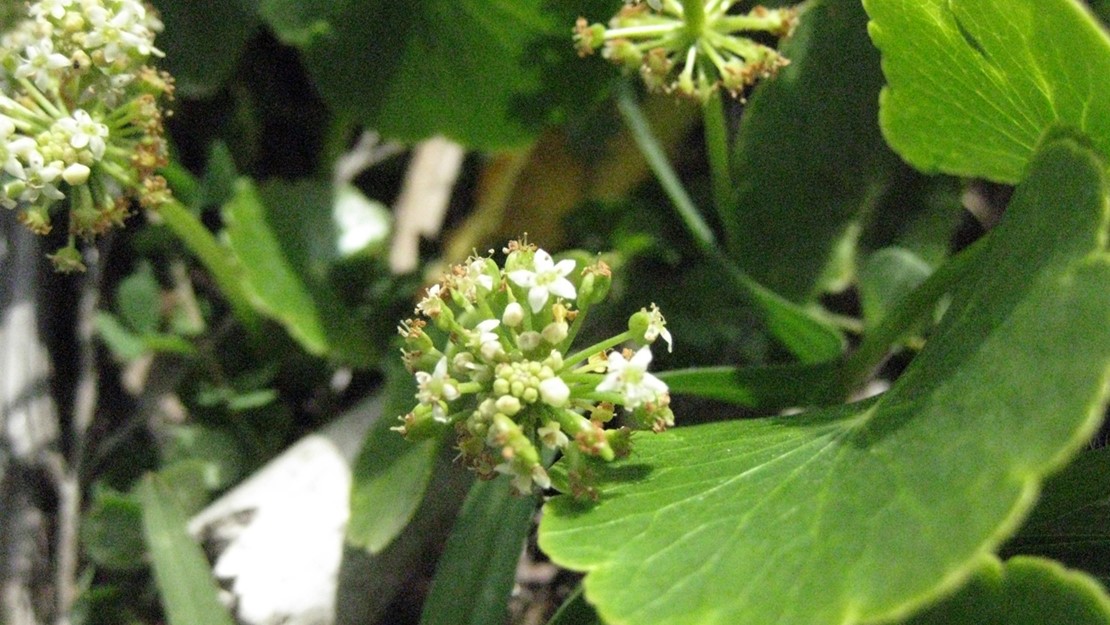
Regional Pest Management Plan (RPMP) status
- Aotea — Eradication
- Whole region — Sustained control
- Hauraki Gulf Controlled Area Notice pest
General description
Semi-aquatic perennial herb. Growth form is floating, creeping or mat-forming depending on aquatic or terrestrial habitat. Rhizomes with long petioles arise alternately from the nodes. Flowers are tiny, white, star-shaped and borne in spherical umbels. Fruit is dry.
What you need to know
To help protect our environment:
- You must not breed, distribute, release or sell Hydrocotyle umbellata on Aotea/Great Barrier Island group.
- You must not plant Hydrocotyle umbellata on Aotea/Great Barrier Island group.
From 1 September 2021, you:
- will not be allowed to breed, distribute, release or sell Hydrocotyle umbellata within the Auckland region.
- will not be allowed to plant Hydrocotyle umbellata within the Auckland region, unless you are transferring an existing plant on your land to another location within the boundaries of the same property.
- must destroy any Hydrocotyle umbellata on land that you occupy if it has been planted in breach of the above rules and you are directed to do so by an authorised person.
Auckland Council will control Hydrocotyle umbellata at all sites within the Aotea/Great Barrier Island group where it is known to occur.
If you see Hydrocotyle umbellata anywhere on Aotea/Great Barrier Island group, please report it to Auckland Council at pestfree@aucklandcouncil.govt.nz.
Habitats
Wet soils, freshwater habitats < 1.5 m deep, marshes, mudflats, ditches, lawns, disturbed areas.
Dispersal
Possible seed set. Vegetative spread from rhizome and stem fragments. Seeds and fragments dispersed by water movement. Human-mediated dispersal through disposal of aquarium specimens and water.
Impact on environment
Forms dense monocultures, excluding native vegetation. Potential to hybridise with native Hydrocotyle spp. May impact irrigation and drainage in agricultural systems.
Control
Site Management
Follow up treated areas 3 times per year. Encourage natural regeneration of native plants or replant treated areas where possible after 2-3 treatments to establish dense ground cover and minimise reinvasion.
Recommended approaches
Do not attempt to undertake control of this species on Aotea/Great Barrier Island group. Please report to Auckland Council if seen on Aotea/Great Barrier Island group.
Physical control
Method: Dig out.
Plant parts requiring disposal: All parts.
Disposal options: Remove to greenwaste or landfill.
Biocontrol
Biocontrol is currently not available for this species.
Community agrichemical control recommendations
No qualifications: For infestations on terrestrial sites - foliar spray with 100ml glyphosate green per 10L of water.
Certified Handler/Experienced agrichemical user: For infestations on terrestrial sites: foliar spray with 100ml glyphosate green per 10L of water and 20ml penetrant.
For infestations on aquatic sites: foliar spray with 100ml glyphosate green per 10L of water.
Caution: When using any herbicide or pesticide please read the label thoroughly to ensure that all instructions and safety requirements are followed.
